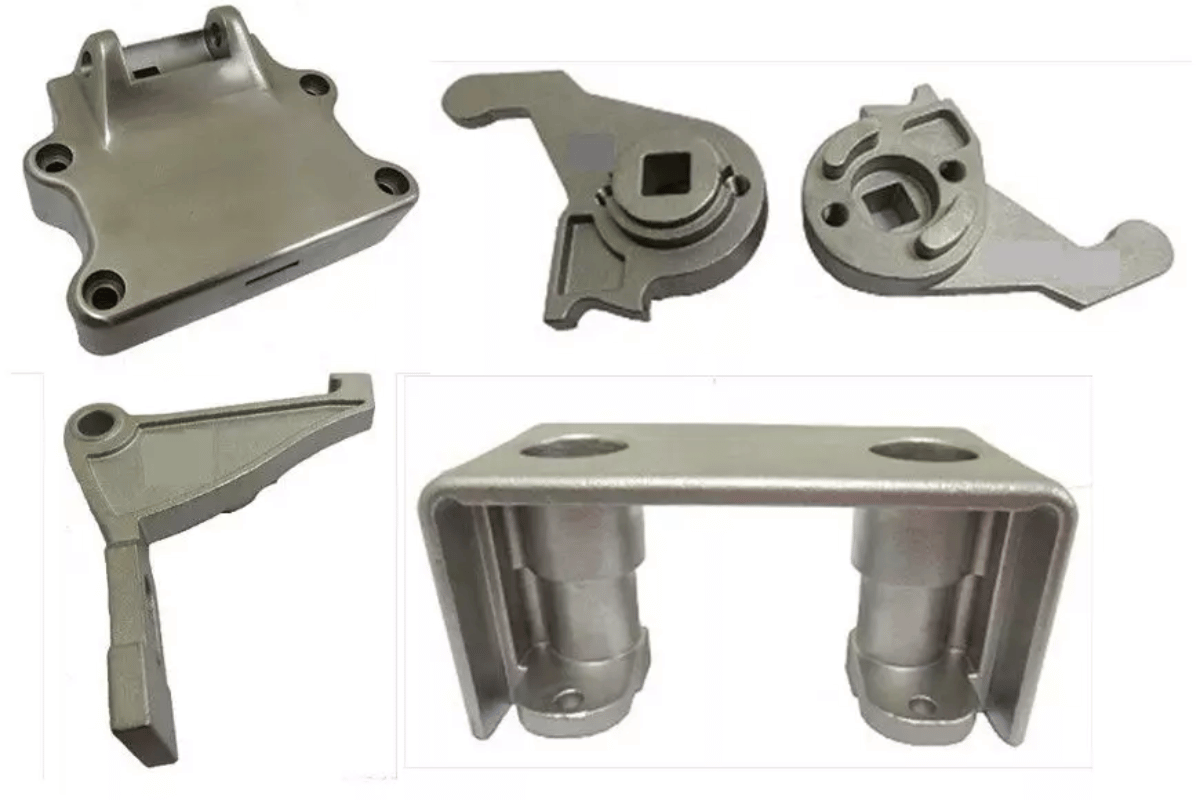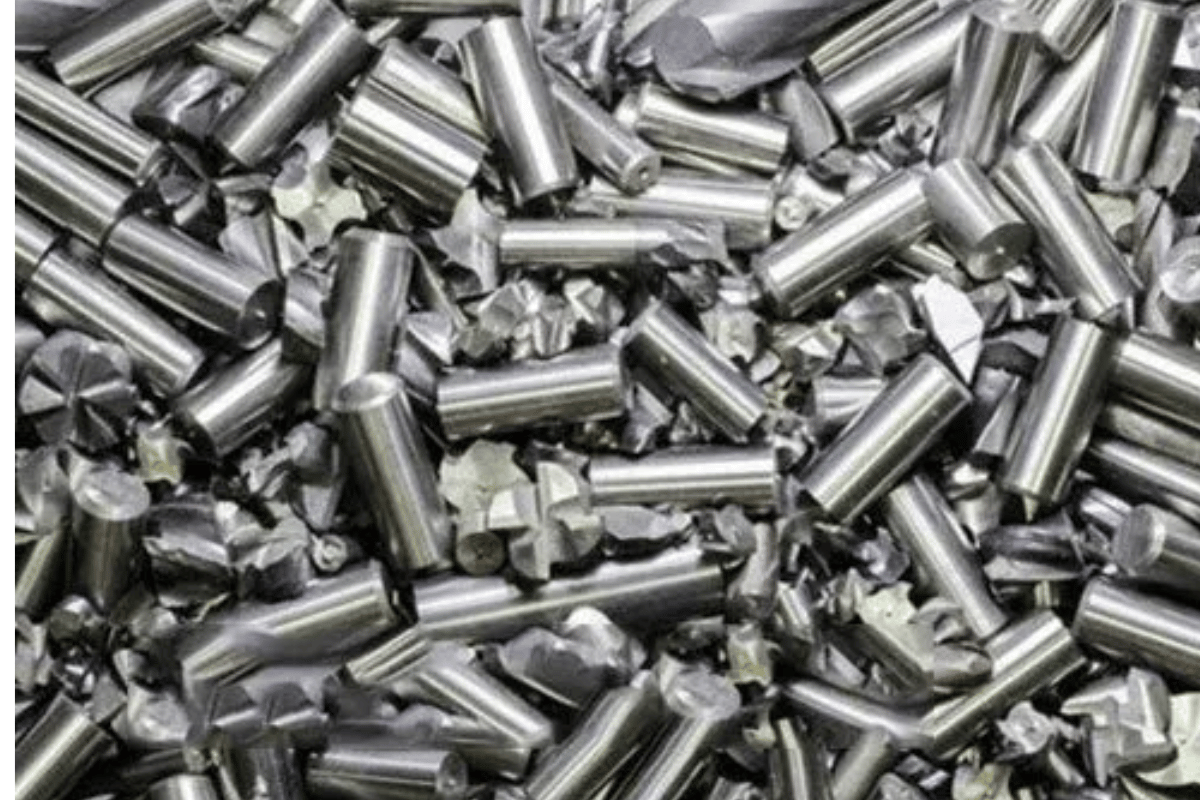Unveiling the 2023 Revolution in Stainless Steel Casting with CNC Excellence
In the dynamic landscape of modern manufacturing, stainless steel casting has carved its place as a cornerstone of diverse industries. As we step into the year 2023, a revolution is underway—one that melds the time-honored art of stainless steel casting with the precision prowess of CNC technology. In this article, we embark on a journey to unveil this transformation, exploring the fusion of tradition and innovation that is reshaping the world of stainless steel casting.
Overview of Stainless Steel Casting and Its Role in Modern Industry
Stainless steel casting, a process that dates back centuries, has remained a steadfast solution for creating intricate and durable components. With applications spanning from aerospace to medical devices, the versatility of stainless steel castings is undeniable. As industrial demands evolve, the importance of casting techniques that ensure both precision and efficiency has never been greater.
Significance of CNC Technology in Elevating Stainless Steel Casting
Enter CNC technology, a revolutionary force that has permeated industries around the globe. In the realm of stainless steel casting, CNC stands as a catalyst for transformation. Computer Numerical Control technology brings unprecedented precision, consistency, and customization to the process. From pattern creation to machining and finishing, CNC technology elevates every facet of stainless steel casting.
As we delve into the depths of this revolutionary synergy, we uncover the intricacies of stainless steel casting that are enhanced by CNC excellence. The evolution of techniques, the selection of materials, and the engineering precision all intertwine in this journey of redefining excellence.

Evolution of Stainless Steel Casting Techniques and the CNC Transformation
Historical Development of Stainless Steel Casting Methods
The roots of stainless steel casting stretch far back into history, marked by the craftsmanship of artisans who shaped molten metal into functional components. Over time, techniques evolved, and the casting process became more refined. However, the quest for precision and consistency remained a driving force in the evolution of stainless steel casting.
Rise of CNC (Computer Numerical Control) in European Foundries
In parallel to the advancement of casting techniques, the rise of CNC technology began to make its mark on the manufacturing landscape. Europe, known for its industrial innovation, played a pivotal role in embracing and integrating CNC technology. The marriage of precision machining and casting found fertile ground in European foundries, setting the stage for a revolution in stainless steel casting.
Integration of CNC Precision with Traditional Stainless Steel Casting
The transformation brought about by CNC technology was not a replacement of traditional casting methods, but a harmonious fusion. CNC precision seamlessly integrated with established casting processes, enhancing the quality and possibilities. The precision of CNC machining breathed new life into stainless steel casting, enabling the creation of intricate designs and geometries that were previously unimaginable.
As we navigate the historical currents that have shaped stainless steel casting, we witness the emergence of CNC technology as a transformative force. The evolution of casting techniques and the convergence with CNC technology set the foundation for the revolution we are witnessing today.
Stainless Steel Selection and Compatibility with CNC Machining
Exploring Stainless Steel Alloys for Casting Applications
The heart of stainless steel casting lies in the selection of alloys that define the properties and characteristics of the final components. The extensive range of stainless steel alloys available offers a palette of possibilities, each tailored for specific applications. From corrosion resistance to high-temperature performance, stainless steel alloys are chosen based on the unique demands of the end product.
Material Properties Tailoring for Specific Performance Characteristics
Casting is not only about shaping molten metal; it’s about engineering the material properties to fulfill stringent requirements. With CNC technology entering the equation, the interplay between alloy characteristics and machining capabilities becomes pivotal. Strength, ductility, and machinability are intricately woven considerations that guide the alloy selection process.
Synergy Between Stainless Steel Properties and CNC Machining Capabilities
Enter CNC machining, a technology that unlocks precision and complexity. The synergy between stainless steel properties and CNC machining capabilities is where innovation thrives. CNC’s ability to accurately shape and refine components aligns seamlessly with the fine-tuning of stainless steel’s material attributes. The result is a harmonious blend of mechanical prowess and material excellence.
As we journey deeper into the realm of stainless steel casting, the fusion of alloy selection and CNC machining compatibility becomes a cornerstone of the revolution. The convergence of material science and technological advancements paves the way for a new era of stainless steel components that meet the highest standards.

Precision Engineering: The Marriage of CNC and Stainless Steel Casting
CAD-CAM Fusion: Optimizing Stainless Steel Patterns for Machining
In the realm of stainless steel casting, precision begins with the digital realm. Computer-Aided Design (CAD) and Computer-Aided Manufacturing (CAM) converge to create a seamless bridge from concept to creation. CAD-CAM fusion allows engineers to optimize stainless steel patterns for machining, ensuring that every intricate detail is translated accurately into the physical world.
Microstructure Control through CNC Machining and Solidification
The microstructure of stainless steel plays a critical role in its mechanical properties. CNC machining, with its precise control over cutting and shaping, extends its influence into the realm of microstructure control. The strategic removal of material during machining and the subsequent solidification process shape the grain structure and mechanical behavior of the cast stainless steel components.
Achieving Complex Geometries and Precision through CNC Techniques
The capabilities of CNC machining are boundless, enabling the creation of complex geometries with unmatched precision. In the context of stainless steel casting, this means intricate details, undercuts, and fine features can be realized with accuracy. CNC technology empowers foundries to push the boundaries of design, resulting in stainless steel components that defy convention.
As we explore the precision engineering that underpins the revolution in stainless steel casting, the union of CAD-CAM, microstructure control, and CNC machining emerges as the catalyst for transformation. The marriage of digital innovation and material mastery shapes the future of stainless steel casting.
Workflow Integration: Elevating Stainless Steel Casting through CNC
Transitioning from Digital Design to Machinable Stainless Steel Patterns
The journey from digital design to the physical realm is a crucial juncture in stainless steel casting. CNC technology serves as the conduit that transforms intricate digital models into tangible patterns. This seamless transition ensures that the vision conceived in the digital realm is faithfully realized in the stainless steel casting process.
Investment Mold Fabrication: Wax Patterns, Ceramic Shells, and CNC Prep
The investment casting process relies on creating molds that faithfully replicate the desired component. Wax patterns are carefully crafted, enveloped in ceramic shells, and prepared for casting. The involvement of CNC technology in this process adds another layer of precision, ensuring that the molds are intricately prepared to capture every detail.
CNC Machining Phases: Milling, Turning, and Hole Drilling for Stainless Steel Castings
As the casting process unfolds, CNC machining continues to play a vital role. Milling, turning, and hole drilling are meticulously executed to shape the stainless steel components to their final form. CNC precision guarantees that tolerances are met, surfaces are refined, and each component emerges as a testament to quality craftsmanship.
In the realm of stainless steel casting, workflow integration is the linchpin of success. The seamless connection between digital design, investment mold fabrication, and CNC machining creates a unified process that elevates the quality of stainless steel components.
Surface Finish and Metallurgical Enhancement
Attaining Superior Surface Finish via CNC Techniques
The surface finish of stainless steel components holds both aesthetic and functional significance. CNC techniques bring forth a realm of possibilities for achieving superior surface finish. From mirror-like polish to specific textures, CNC technology offers precise control over the surface characteristics, enhancing both visual appeal and performance.
Heat Treatment Strategies to Optimize Stainless Steel Casting Properties
Heat treatment is a cornerstone of metallurgical enhancement in stainless steel casting. Through controlled heating and cooling processes, the properties of the stainless steel can be tailored to meet specific requirements. CNC-enhanced stainless steel casting allows for intricate designs to be heat-treated with precision, ensuring consistent material properties across components.
Addressing CNC-Induced Residual Stresses and Metallurgical Effects
CNC machining introduces its own set of effects on the metallurgy of stainless steel components. Residual stresses and alterations in microstructure can occur. However, these challenges are not insurmountable. With a deep understanding of material behavior and CNC parameters, foundries can address these effects to ensure the integrity of the final castings.
As we delve into the intricacies of surface finish and metallurgical enhancement, the fusion of CNC techniques and metallurgy emerges as a dynamic partnership. The marriage of precision technology and material science promises stainless steel components that not only look exceptional but also perform optimally.
Stainless Steel Casting Process using Sand Molding Method | Mind Blowing Steel Molten Furnace
Conclusion
The landscape of stainless steel casting is undergoing a paradigm shift, propelled by the integration of CNC technology. The year 2023 marks a pivotal moment where precision, innovation, and tradition converge to redefine the possibilities within the SS foundry industry. As we reflect on the journey we’ve embarked upon, several key takeaways come to light.
Reflecting on the 2023 Revolution in Stainless Steel Casting with CNC Excellence
The year 2023 stands as a milestone in the history of stainless steel casting. The revolution catalyzed by CNC excellence has transformed how stainless steel components are conceived, designed, and brought to life. The marriage of cutting-edge technology with age-old craftsmanship has opened new horizons of quality and precision.
Implications for Stainless Steel Industries and Technological Advancement
The implications of this revolution are far-reaching. SS foundries now possess the capability to produce components of unparalleled complexity and accuracy. Industries reliant on stainless steel, from aerospace to medical, stand to benefit from components that meet stringent standards. Moreover, the union of CNC and stainless steel casting serves as a beacon of technological advancement, inspiring other sectors to explore the synergies between tradition and innovation.
Envisioning a Future where CNC Redefines Stainless Steel Casting Excellence
Looking ahead, the future is teeming with possibilities. CNC technology continues to evolve, promising even greater levels of precision, efficiency, and adaptability. As stainless steel casting foundries embrace this evolution, the horizon of excellence expands. A future is envisioned where CNC-driven stainless steel casting becomes synonymous with unmatched quality and innovation.
The 2023 revolution is more than an event; it’s a mindset, a commitment to pushing boundaries and unlocking potential. The journey has just begun, and the SS foundry industry stands poised to leave an indelible mark on the landscape of modern manufacturing.
